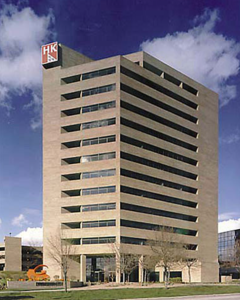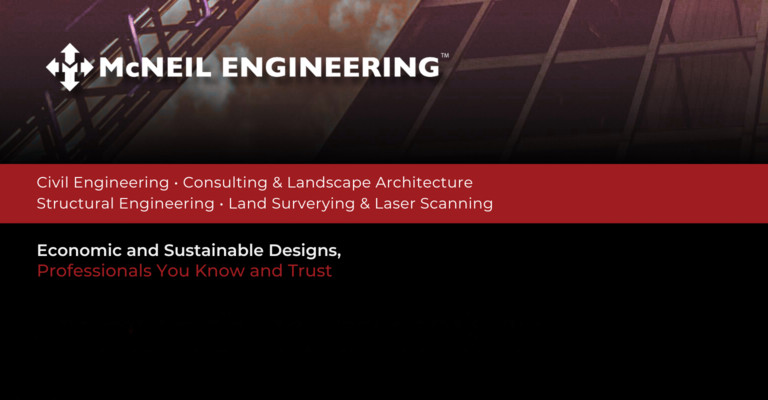 Renovating a commercial property is no small task. Unlike new construction, these projects must often be completed while tenants continue using the space. For building operators, this can be a risky move. It’s a big financial commitment that can disrupt their tenants’ business operations. Because of this, many property owners delay necessary updates until they are unavoidable, relying on temporary fixes instead.
Renovating a commercial property is no small task. Unlike new construction, these projects must often be completed while tenants continue using the space. For building operators, this can be a risky move. It’s a big financial commitment that can disrupt their tenants’ business operations. Because of this, many property owners delay necessary updates until they are unavoidable, relying on temporary fixes instead.
However, postponing structural repairs and interior upgrades can negatively impact a building’s usability and profitability. So, what’s the solution? Do you shut down the property to complete renovations? Or risk frustrating tenants with an extensive, all-at-once construction process? Fortunately, there’s another option.
The advantages of a phased-out approach
Many building operators assume construction projects must be completed all at once. But that’s not true. Most of the time, we recommend a phased approach because it provides greater flexibility. Building owners can minimize disruptions, control costs, and keep operations running smoothly by spreading work over time. Some of the benefits of this approach include:
- Financial flexibility: Instead of a hefty one-time expense, costs can be distributed over multiple quarters or years. This allows building owners to spread the costs out to manage their budgets more effectively. It also reduces the financial strain on tenants whose businesses may be affected by ongoing construction.
- Minimized disruptions: A phased approach ensures that only certain areas are under construction at a given time, keeping the property operational and reducing inconvenience for occupants. This keeps tenants happier and helps maintain building profitability.
- Design adaptability: Sometimes, design plans change during the construction process. Managing those changes with a phased schedule is much easier because the change can be accommodated in an alternate construction phase.
- Improved quality control: Spacing out work allows for better construction oversight. It reduces the risk of rushed jobs or overlooked issues and leaves time for repairs when mistakes happen.
- Lower risk management: Each phase builds on the last, which makes the overall construction process more manageable. It’s easier to source materials and labor and reduces the likelihood of costly delays or complications.
Project spotlight: 515 Tower Parking Structure Repair
We’ve had a lot of experience managing different projects in phases over the years. One of the most valuable experiences for our team using this approach was our work on the 515 Tower Parking Structure in Salt Lake City. Initially, our client hired us to repair a structural report on the needed repairs and damage to the building. Our report revealed extensive issues that would require a large-scale renovation. After talking with the client about managing the needed repairs within their budget and reducing the service disruptions, they hired us to manage the project’s construction.
Our approach for this project was to recommend splitting the timeline into four phases spread over 3-5 years. This approach allowed our clients more financial flexibility in handling the costs and reducing tenant disruptions. Our breakdown prioritized the most critical needs in the first phase of construction and then shifted the remaining work out of the remaining phases. We provided our client with a timeline for the entire project with cost breakdowns for each phase of materials and work.
We needed to find the right contractor to complete this project successfully, someone familiar with a phased approach and committed to quality work. To avoid disruptions or challenges with communication, we solicited bids for contractors to cover the entire project timeline instead of individual phases. With this approach, we could establish a long-term relationship with the contractor’s team, which would be invaluable as the project progressed. Once work began, our team monitored each construction phase with weekly site visits and communicated between the contractor and the owner as the project progressed.
Ultimately, phasing out this major project for our client was a big success. It allowed our client to make significant repairs and upgrades with a reduced financial commitment and avoid service disruptions to their tenants. As a result of these upgrades, the building owner was able to market the adjacent office space more effectively and provide the current tenants with a significantly improved parking experience.
Expert construction administration for your project
So, if you’re facing a large-scale renovation at your building or property but are worried about the financial and operational impact, we can help. Our construction administration team specializes in managing complex projects. With over 40 years of experience, we ensure that the work is completed efficiently, on budget, and with minimal disruption to your business. From hiring and coordinating with contractors to overseeing project timelines and budgets, we handle every detail so you don’t have to. So, if you’re ready to start your project, let’s discuss how we can implement a phased approach to make your renovation project more manageable and cost-effective. Contact us today! (801) 225-7700








